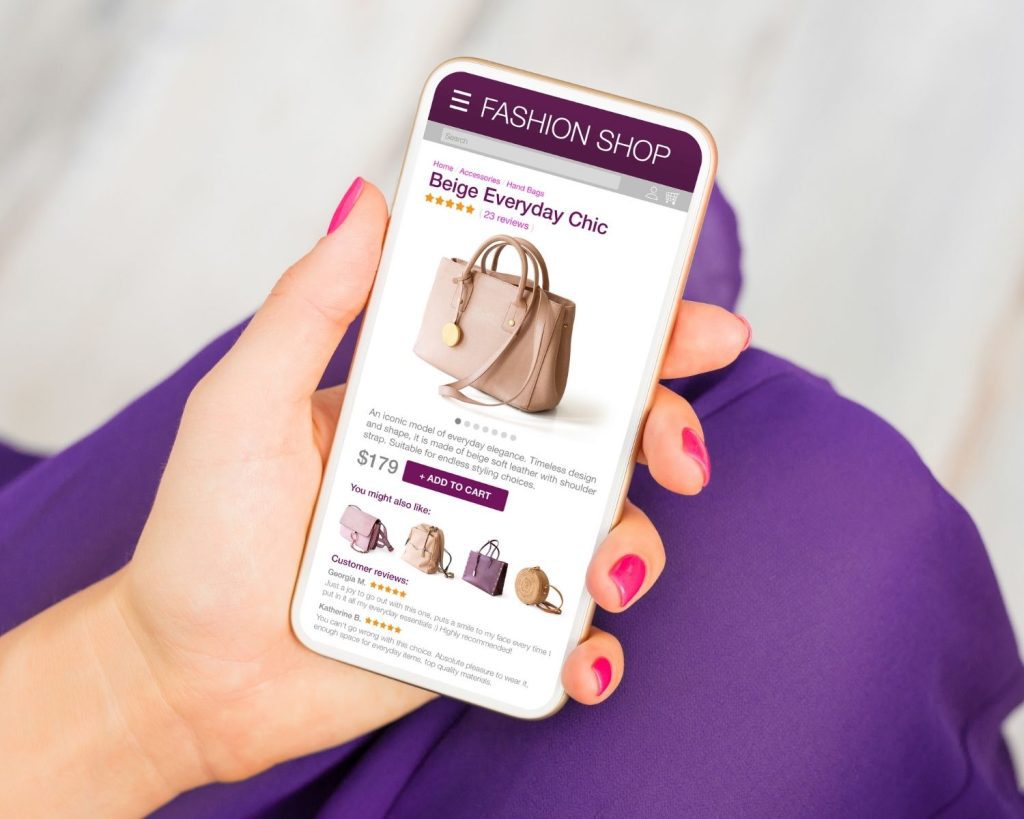Shopify is a popular e-commerce platform for people who want to create an online store to sell their goods. Users can also send emails to their customers directly using Shopify Email. However, these emails don’t always successfully land in their recipients’ inboxes. This leaves them wondering, “Why are my Shopify emails going to spam and how to fix it?”
We’re here to tell you you’re not the only one experiencing that.
In this guide, we’ll be covering common reasons why your Shopify Emails are going to the spam folder and what you can do to fix it.
8 Reasons Why Your Shopify Emails Are Going to the Spam Folder
1. Targeting the Wrong Audience
Not engaging with the right audience is one of the common reasons why your Shopify emails are going to spam.
Aside from selling products and services to your customers, getting their attention is another important part of your time as a retailer.
Of course, you want to get your prized products in front of as many people as possible. However, it would be nice if you could also optimize your efforts. And one way to achieve that is by getting to know your audience and tailor your marketing efforts to those target audiences.
Knowing who you are emailing to helps you market more effectively and send a message that resonates with them more strongly. Come to think of it, you surely don’t want to sell animal-tested products to a vegan, right?
2. Buying Subscriber Emails and Sending Emails to Just Anyone
Some marketers think of buying subscriber emails, especially at a low cost. After all, they need new people to support the sales team.
However, acting out of desperation can do more harm to your email campaign than good.
Many email marketing automation platforms, like CampaignMonitor and MailChimp, have policies against purchased email lists. Their algorithms can also detect subscriber email lists that have been purchased. And when they do, your efforts can go from gold to dirt in a few seconds.
Not only that but buying subscriber emails and sending your Shopify emails to just anyone may also hurt the metrics. Why? Because these people have no interest in your brand in the first place.
But of course, this is not to say that purchasing an email list is not a kiss of death altogether.
It comes with pros, too. As long as you buy it from a trusted list provider, it takes time to give you the email addresses of people based on psychographic information and demographics.
One benefit is that they save valuable time generating an email list. Although this will be worthwhile in the end).
Additionally, you build brand awareness quickly and fill your sales funnel. If the offer is too good to be true, it probably is.
3. IP Address Has Been Used for Bulk Emails or Spam in the Past
Another reason why your marketing emails end up in spam is that your IP address is causing the problem.
If your IP address has been previously used for bulk emails or spam, there’s a possibility that the emails representing your Shopify store are now getting flagged.
4. Spam Trigger Words In Your Email Content and Subject Line
Using spam trigger words or having spam-like email content is another reason why your Shopify emails are going to spam. What are these spam trigger words? These words are considered too sleazy, pushy, manipulative and evoke negative emotions.
Closely related to the readability and format of your email also includes:
- Flashy color and big fonts
- A lot of $$$$$ and exclamations !!!!
- Poorly written email copy
So, avoid these to prevent your email from landing in the junk folder.
5. Spam Laws Are Violated
If you’re sending Shopify emails to an opted-in list, ensure that every email going to this list has a way for the readers to opt-out. This means you have to provide an unsubscribe link as the CAN-SPAM Act requires and observes this in the United States.
Moreover, avoiding misleading subject lines and false identity information is important when sending to your customer email address. Some examples include “From,” “Reply to,” and “To.”
Other requirements of the said law require marketers to have a valid physical office or postal address and clearly label the messages as an ad.
Violating any of these requirements may be the reason why your Shopify emails are going to spam.
6. Poor Domain Reputation
Using a domain plays an important role in email deliverability when you send Shopify emails. That said, let us know more in this Shopify emails going to spam folders article as to what factors contribute to poor domain reputation.
However, even domains with solid reputations can encounter inbox placement challenges. Many e-commerce businesses have reported issues with Salesforce emails going to spam due to heightened filtering mechanisms and sender authentication protocols. Ensuring your domain remains reputable and aligned with best practices is key to consistent deliverability.
It could be that many people have marked your emails as spam. As a result, it eventually notified the ESPs about the same: your open rates are dwindling over time, or you’re not sending to a permission-based list.
7. Failing Email Authentication
Failing to authenticate your email is another reason why your Shopify emails end up in your customers’ spam folder.
Take note that email or domain authentication gives mail providers, like Outlook or Gmail, the confidence that the emails they see from you are authentic.
The higher the confidence a mailbox provider has over your messages, the more likely your emails will land in the inbox. The primary email authentication methods include DKIM (something set up in your domain host), SPF, Sender ID, and DMARC.
8. Poor Email Engagement
Suppose a majority of your list is not opening your email. In that case, email providers will have a solid reason to believe that messages from your domain are not adding value.
The point is that you don’t have to email inactive members. Not only are you wasting your money, but you are also contributing to your poor domain reputation. We can’t emphasize this enough.
For these reasons, you eventually know your revenue is leaking since your campaign is landing in spam.
So, how do you resolve these problems? Here are the steps:
4 Ways to Prevent Your Shopify Emails From Ending in Spam
1. Set Up SPF Record
To fix the issue of landing in the spam folder, we recommend you add Shopify’s SPF record to your domain settings. Include the following SPF record:
v=spf1 include:shops.shopify.com ~all.
Simply log in to your domain hosting account, then locate your domain’s TXT record (often appears near the MX record and CNAME record).
Doing these can help your email pass through the firewall system of some mail providers so your emails will not be mistakenly marked as spam or get blocked.
Components of an SPF record
If you’re wondering what TXT record v spf1 means, v=spf1 is the version, while TXT is the DNS record zone record type.
The “~all” denotes that the list is all-inclusive. Also, no other servers will be allowed to send emails.
Check out this link to view or edit the DNS settings for domains.
2. Filter Out Inactive Subscribers
Regularly cleaning your list is essential so that Shopify stores can send their emails directly to their customers’ inboxes. So, remove those who have not clicked or opened their emails for a certain period.
Even if you have a smaller email, but they are more engaged, it will still be better than a big email list that is only made of dead weight.
3. Nail Your Timing
Knowing the ideal time to send your email has been a hot topic among marketers. Although there’s no silver bullet for every business, we have some insight and advice.
Based on tests, Tuesday is a good day for recipients to engage. Simply put, this is the best day to send your newsletters.
As to the time, avoid sending at the top of the hour (10:07 instead of 10:00). This increases the chance that your mail will be delayed and not reach the inbox you originally intended.
4. A/B Test Every Part of Your Email
One of the best email marketing practices is to experiment to know what resonates in your campaign. This requires you to test every part of your email, from your call-to-actions (CTAs) to your subject lines, the links you used, and your email body.
But remember, A/B tests only one element at a time to get conclusive results. Also, there should be a significant sample size in your email test.
Don’t Let Your Shopify Emails End Up in Spam
Of course, this list is not exhaustive. There may still be dozens of additional steps on how you can fix it but these usually do the trick.
Just remember, the key to success in your email marketing efforts lies in tweaking and testing.
Go ahead and be creative with your approach, and analyze the results. After that, modify your approach accordingly in your next campaign.
Other related articles:

